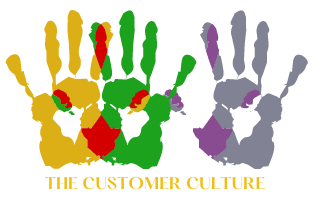Diversity and inclusion have become integral aspects of today’s workforce, transforming the way organizations operate and thrive. These concepts go beyond just buzzwords; they represent a powerful approach that recognizes the value of every individual and harnesses the strength that diverse perspectives bring. In this short blog, we’ll explore the meaning of diversity and inclusion in the workforce and why they are essential for building a stronger and more successful organization.
What is Diversity?
Diversity refers to the range of human differences present within a workforce. It encompasses dimensions such as race, ethnicity, gender, age, sexual orientation, religion, disabilities, and more. Embracing diversity means recognizing and celebrating these differences, fostering an inclusive environment where everyone feels respected, valued, and has equal opportunities to contribute and succeed. It is about building a team that reflects the richness and diversity of the world around us.
The Importance of Inclusion:
Inclusion complements diversity by creating an environment that embraces and supports individuals from all backgrounds. Inclusive workplaces ensure that every employee feels welcome, accepted, and able to fully participate, regardless of their differences. It involves promoting equitable practices, providing equal access to resources and opportunities, and fostering a culture of belonging. Inclusive organizations value diverse perspectives, encourage collaboration, and actively seek out and listen to different voices.
Diversity and inclusion in the workforce are not just about meeting legal or moral obligations; they are about building stronger, more successful organizations. By embracing diversity, organizations unlock the power of varied perspectives and experiences, driving innovation and creativity. Inclusive environments foster employee engagement, satisfaction, and productivity. Moreover, diversity and inclusion enable organizations to connect with and meet the needs of diverse customer segments effectively.
As the business landscape continues to evolve, organizations that prioritize diversity and inclusion are better positioned to adapt, compete, and thrive. By nurturing a diverse and inclusive workforce, organizations create an environment where every individual can thrive, contribute their best, and collectively achieve remarkable success.
